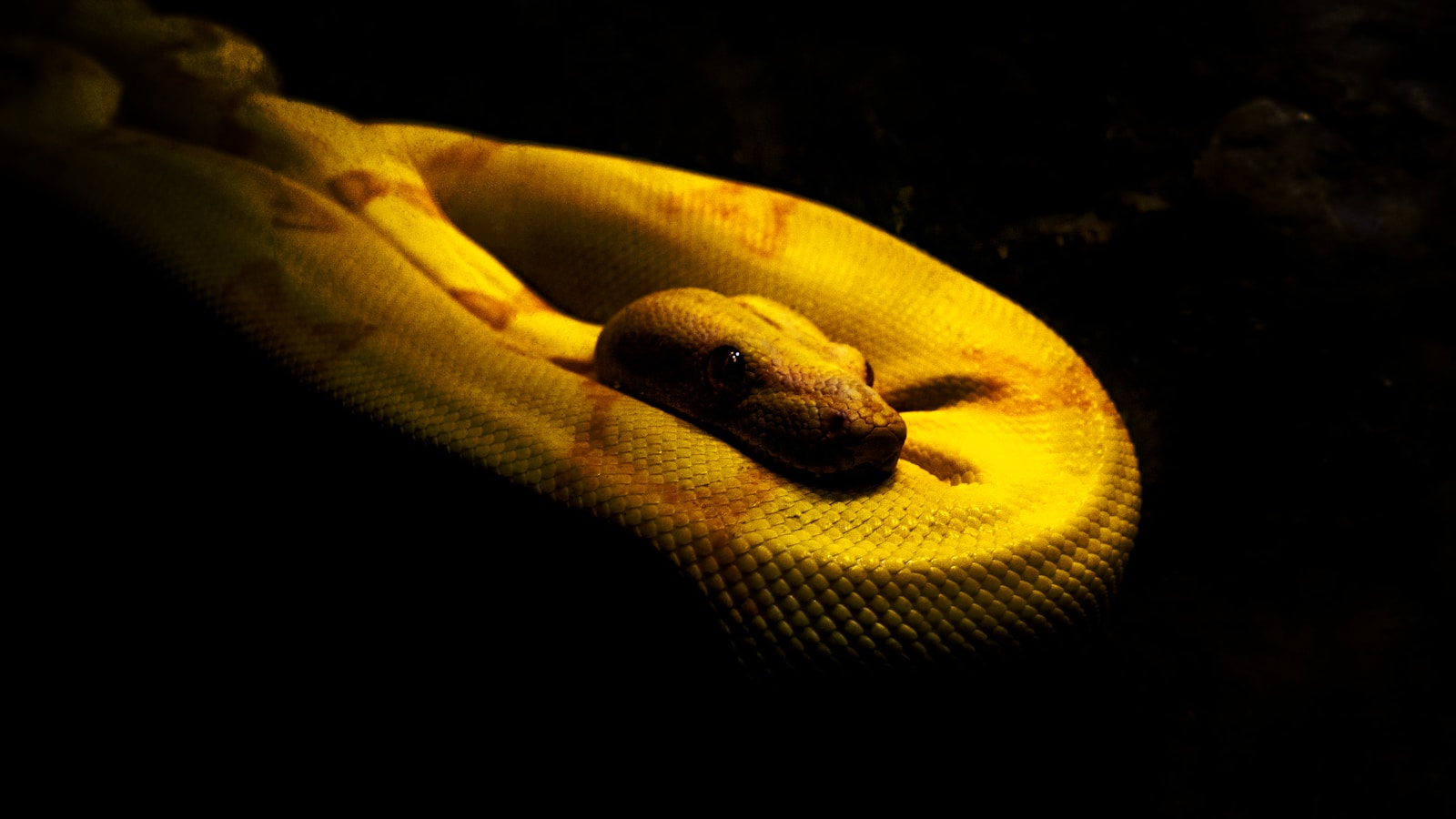Puzzle feeders, also known as enrichment feeders, represent an innovative approach to feeding captive snakes that goes beyond the standard “drop and done” method. These devices challenge your snake’s natural hunting instincts, providing mental stimulation while slowing down feeding time—a practice that can improve digestion and prevent regurgitation. For many snake owners, puzzle feeders remain an untapped resource that could significantly enhance their pet’s quality of life. Wild snakes spend considerable time tracking, pursuing, and capturing prey, using complex problem-solving skills that captive environments often don’t stimulate. By introducing puzzle feeders properly, you can recreate aspects of these natural behaviors, potentially reducing stress and promoting healthier activity levels in your scaly companion. This comprehensive guide will walk you through everything you need to know about introducing these enrichment tools to your pet snake safely and effectively.
Understanding Snake Enrichment Needs
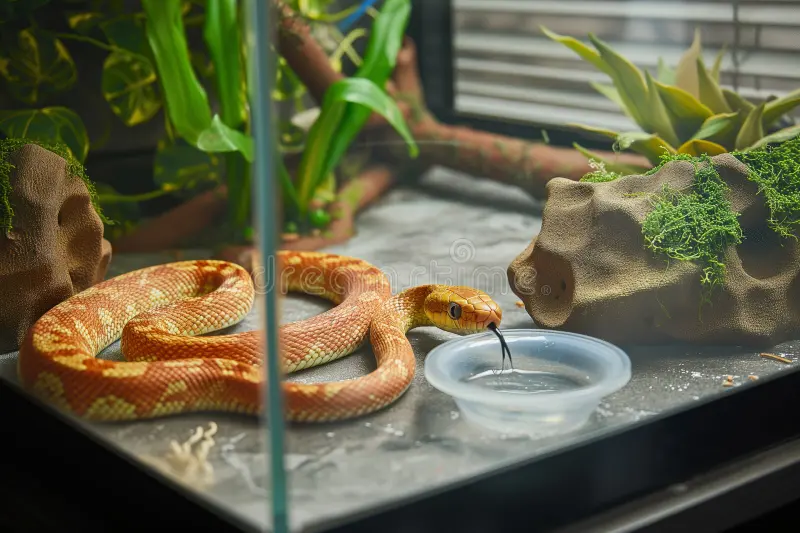
Snakes in the wild are active hunters that use a combination of senses and strategies to locate and capture prey, activities that occupy significant portions of their time and energy. In captivity, this natural behavior is largely eliminated when we simply offer pre-killed prey in an open container, potentially leading to boredom and understimulation. Research in reptile behavior suggests that environmental enrichment, including feeding enrichment, can reduce stereotypic behaviors like excessive glass-climbing or hiding. Puzzle feeders address this enrichment gap by requiring snakes to work for their food, engaging their hunting instincts and problem-solving abilities. Understanding that snakes need mental stimulation just as much as proper heating, humidity, and nutrition is the first step toward incorporating puzzle feeders into your husbandry routine.
Benefits of Puzzle Feeders for Captive Snakes
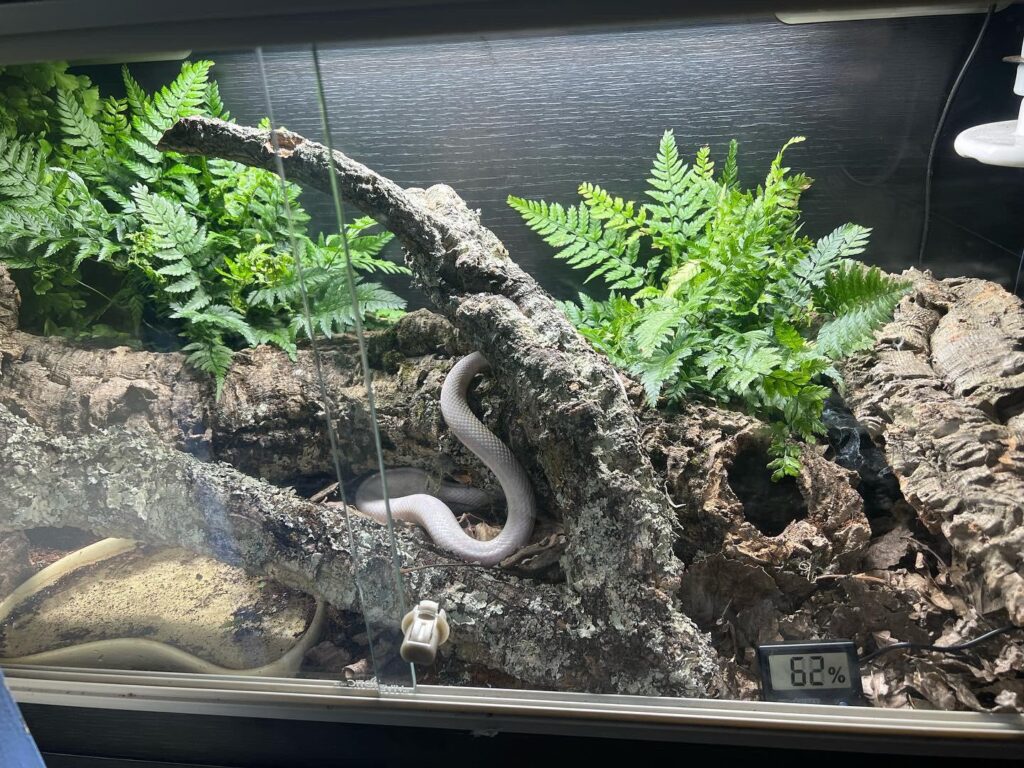
Introducing puzzle feeders to your snake’s routine offers numerous benefits that extend beyond simple entertainment. Most significantly, these devices encourage exercise as your snake maneuvers, stretches, and explores to access their food, helping prevent obesity which is increasingly common in captive reptiles. The mental stimulation provided helps satisfy natural hunting drives, potentially reducing stress-related behaviors like defensive striking, excessive hiding, or inappropriate feeding responses. From a digestive perspective, the slower feeding process can improve digestion by preventing the rapid consumption that sometimes leads to regurgitation, particularly in species prone to this issue like ball pythons. Additionally, owners report that observing their snakes interact with puzzle feeders provides unique insights into natural behaviors rarely seen in captivity, strengthening the bond between keeper and animal.
Types of Puzzle Feeders Available for Snakes
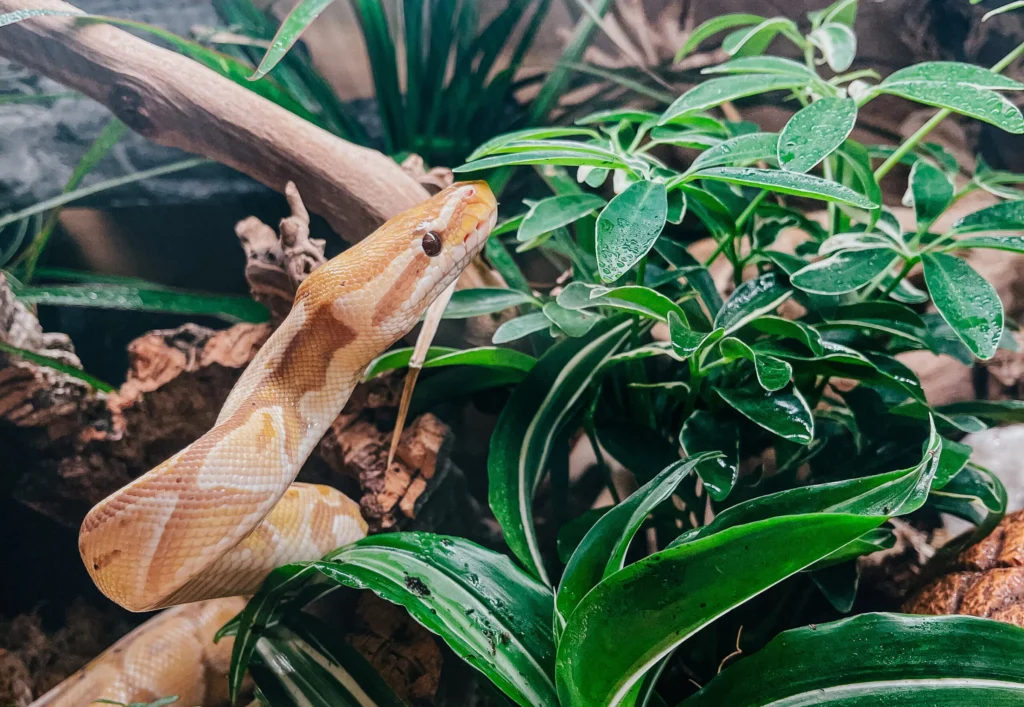
The market offers several types of puzzle feeders designed specifically for reptiles, each with unique features suited to different snake species and behaviors. Simple maze feeders consist of tubes or chambers where prey is placed, requiring the snake to navigate through openings to reach their meal, ideal for slender species like corn snakes or king snakes. Puzzle boxes feature multiple compartments with sliding or hinged doors that snakes must manipulate to access hidden prey, best suited for more tactile and inquisitive species like rat snakes. Scent-trail feeders involve creating a scent path using prey odor that leads to the actual food item, triggering hunting behaviors particularly useful for scent-oriented species like ball pythons. For beginners, DIY options can be created from safe materials like PVC pipes, plastic containers with snake-sized holes, or commercial reptile hides modified with multiple entrances, allowing customization based on your specific snake’s size and hunting style.
Assessing If Your Snake Is Ready for Puzzle Feeders
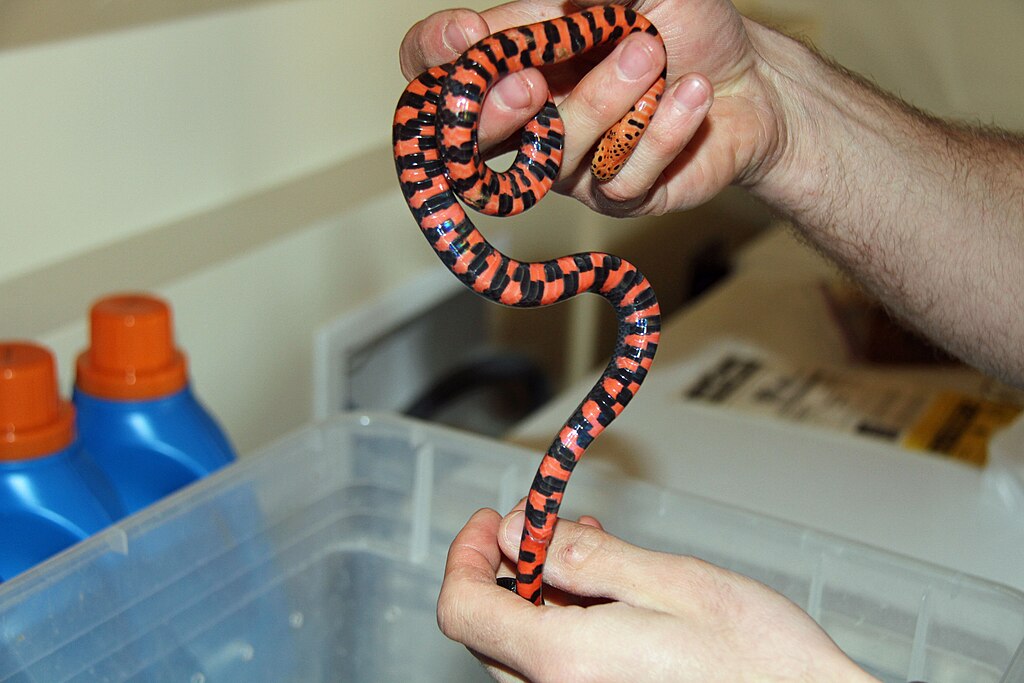
Before introducing a puzzle feeder, it’s crucial to honestly assess whether your snake is a suitable candidate for this feeding method. Healthy, well-established snakes that feed regularly without issues for at least 3-6 months in your care make the best candidates, as these individuals are comfortable enough in their environment to explore new challenges. Observe your snake’s general disposition—naturally curious species like rat snakes, king snakes, and some colubrids typically adapt more readily to puzzle feeders than extremely shy or stress-prone individuals. The snake’s feeding response provides additional clues; enthusiastic feeders with strong prey drives tend to persist with puzzle feeders rather than giving up quickly. Avoid introducing puzzle feeders to snakes that are underweight, recovering from illness, newly acquired, in a shed, or showing any signs of stress, as the additional challenge could exacerbate these conditions.
Starting Simple: First-Time Puzzle Feeder Introduction
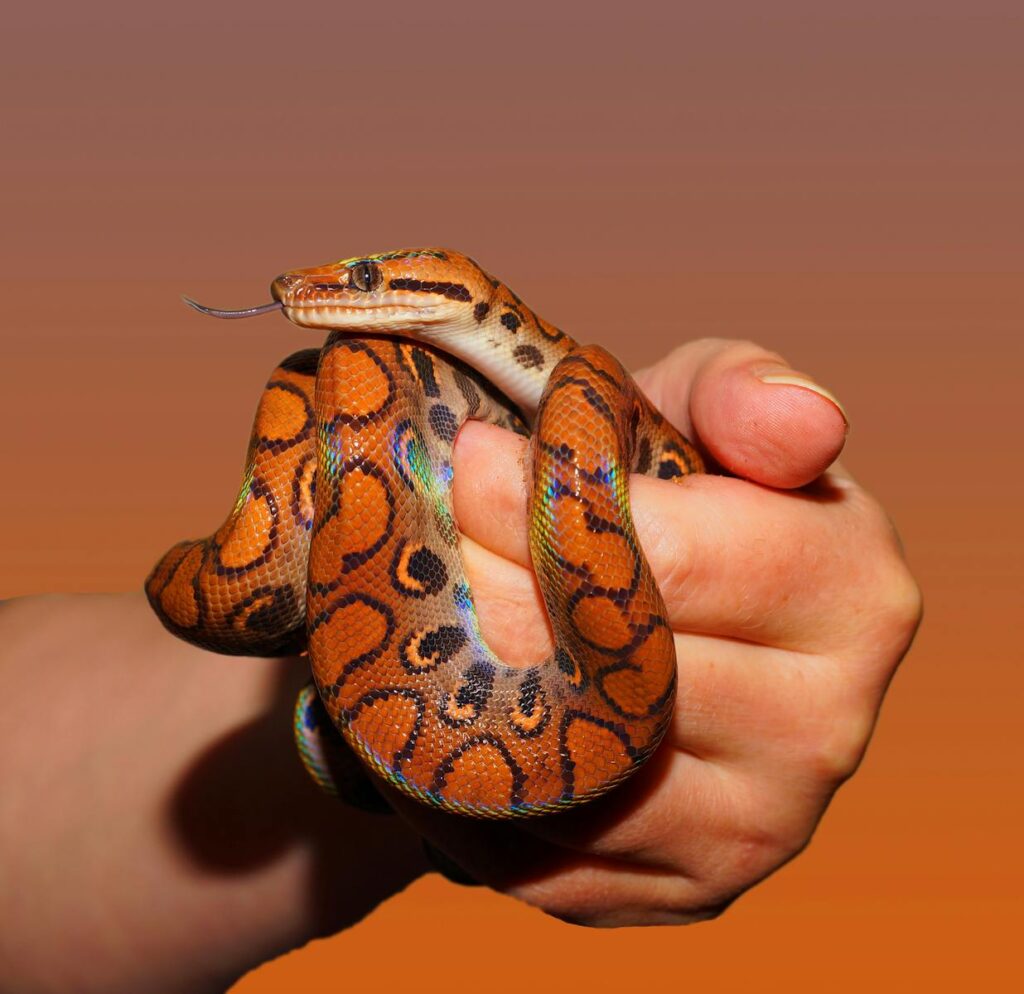
When introducing puzzle feeders for the first time, begin with the simplest possible configuration to ensure a positive initial experience. A partially covered feeding dish where the prey item is still partially visible represents an ideal starting point, as it provides a minor challenge while guaranteeing feeding success. Choose a feeding time when your snake is most active and likely to be hungry, typically during their natural active period (evening for nocturnal species, daytime for diurnal ones). Ensure the prey item is properly warmed to body temperature and consider adding additional scent attraction by braining the prey or adding a small amount of prey scent to the feeder itself. During this first introduction, minimize disturbances by dimming lights, avoiding unnecessary movement, and giving your snake ample time—at least 30-60 minutes—to discover and engage with the simple puzzle before considering the attempt unsuccessful.
Creating a Gradual Progression Plan
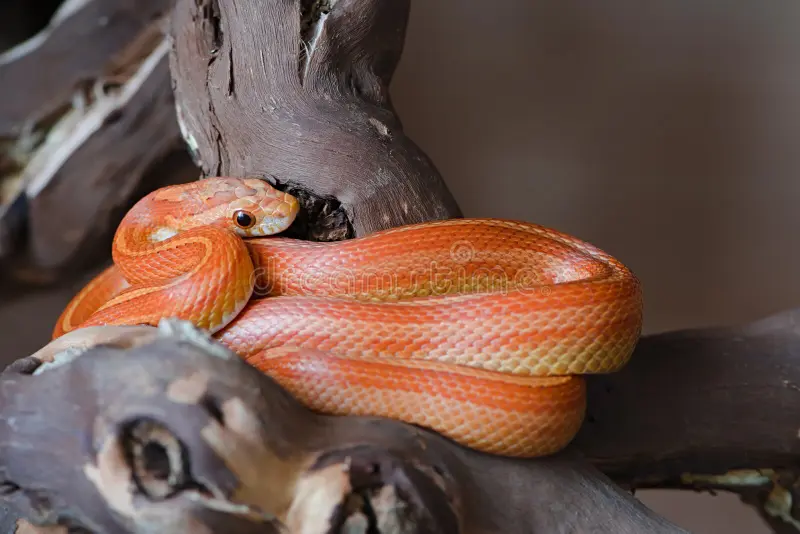
Successfully implementing puzzle feeders requires a methodical approach that gradually increases difficulty as your snake becomes more proficient. Begin with a basic setup where food is partially visible but requires minimal effort to access, such as prey partially hidden under a paper towel or in a shallow, open container. Once your snake consistently engages with this level (typically after 2-3 successful feedings), progress to a slightly more challenging arrangement, such as prey completely hidden but easily accessible with minimal investigation. The third progression might involve placing prey in a simple maze with a clear, direct path that requires the snake to navigate a short distance. Increase complexity by introducing multiple chambers, blind alleys, or scent trails only after your snake demonstrates confidence and persistence with simpler challenges. Document your snake’s progress to identify which puzzle elements they find engaging versus frustrating, allowing you to customize future challenges to their preferences and abilities.
Monitoring Behavior During Puzzle Feeding Sessions
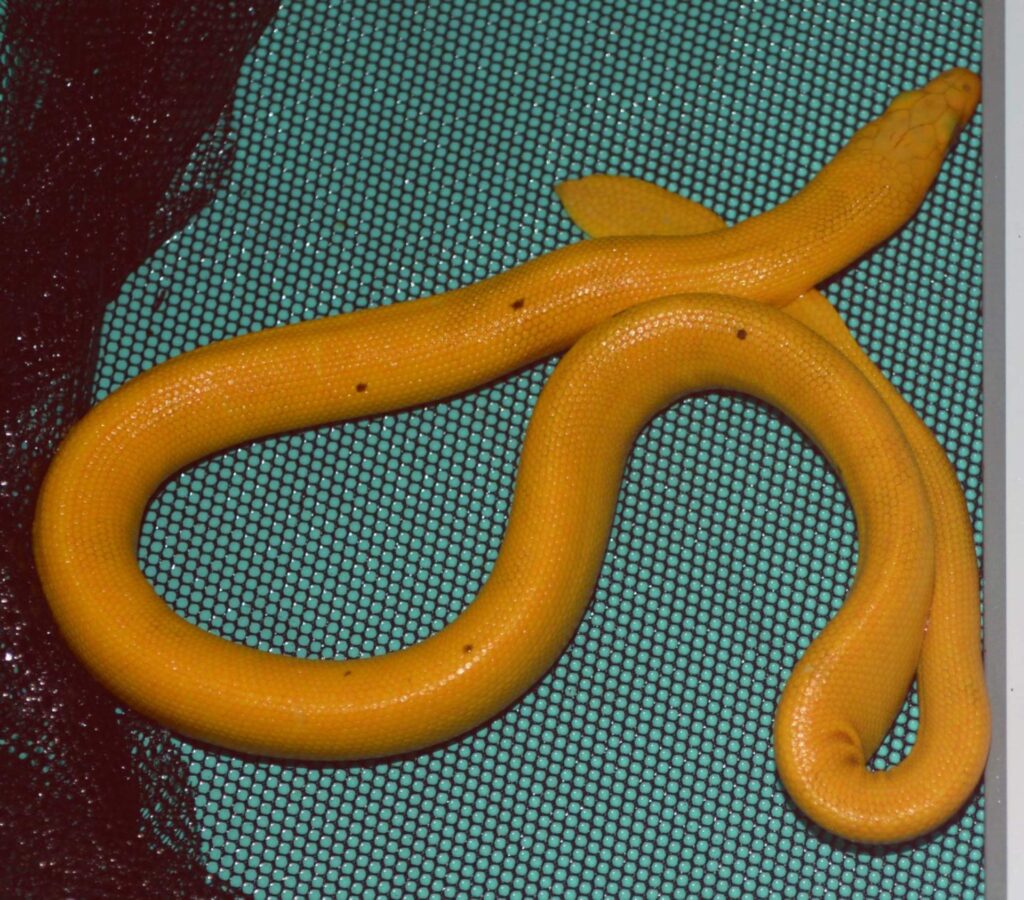
Close observation during puzzle feeding sessions provides crucial information about your snake’s adaptation to this new feeding method. Positive engagement signs include active tongue-flicking, purposeful movement toward the puzzle, persistent investigation of openings, and calm, deliberate attempts to access the prey. Conversely, behaviors indicating stress or frustration include rapid, erratic movements, defensive posturing, striking at the feeder rather than investigating it, or completely ignoring the setup despite hunger cues. Timing is also revealing—snakes that engage with the puzzle within 15-30 minutes typically show appropriate interest, while those that take hours may find the challenge too difficult or stressful. Document each session, noting the time to engagement, successful completion, and specific behaviors exhibited, using this data to adjust future sessions and determine if your snake is genuinely benefiting from the enrichment or merely tolerating it.
Safety Considerations for Puzzle Feeders
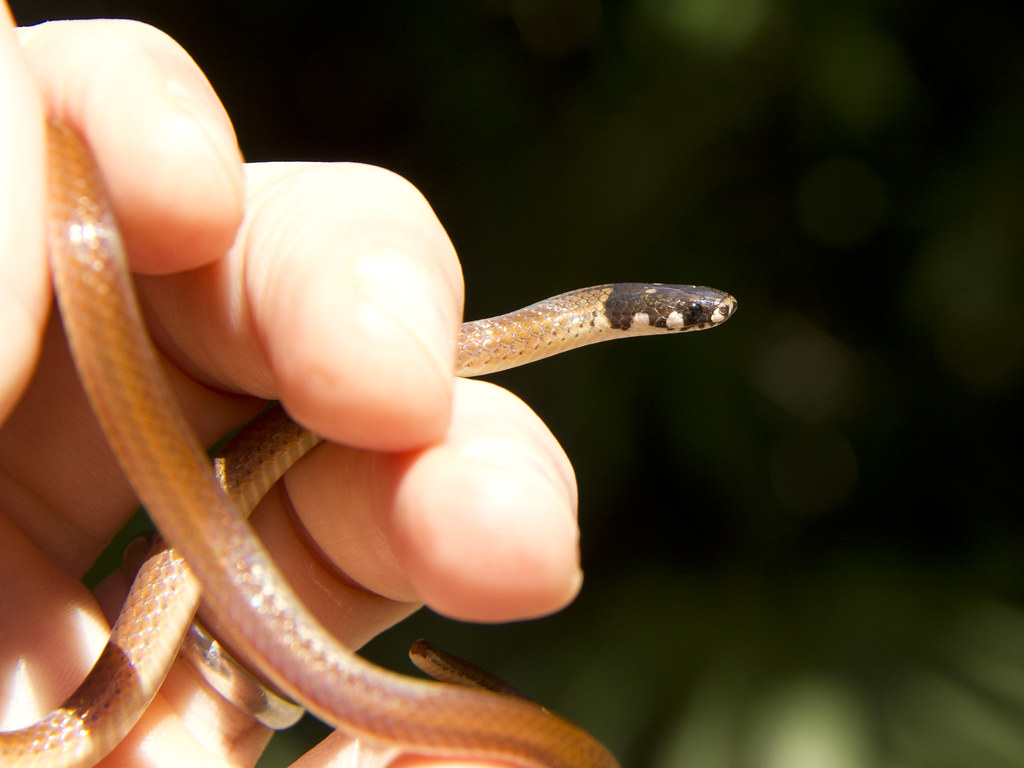
Safety must remain paramount when implementing puzzle feeders in your snake’s routine. Select feeders constructed from snake-safe materials that cannot splinter, shatter, or release toxic substances when chewed or pushed—food-grade plastics, acrylic, or specially designed commercial reptile products are ideal choices. Design or purchase feeders with appropriately sized openings that prevent your snake from becoming stuck, using the widest part of your snake’s body as a reference for minimum opening dimensions. Ensure all components are secure and cannot be dislodged or ingested, avoiding small parts, adhesives, or detachable elements that could cause impaction or injury. After each use, thoroughly clean and disinfect the feeder with a reptile-safe product to prevent bacterial growth, particularly in crevices or joints where prey residue might accumulate, and regularly inspect for damage, rough edges, or deterioration that might pose hazards.
Tailoring Puzzle Feeders to Different Snake Species
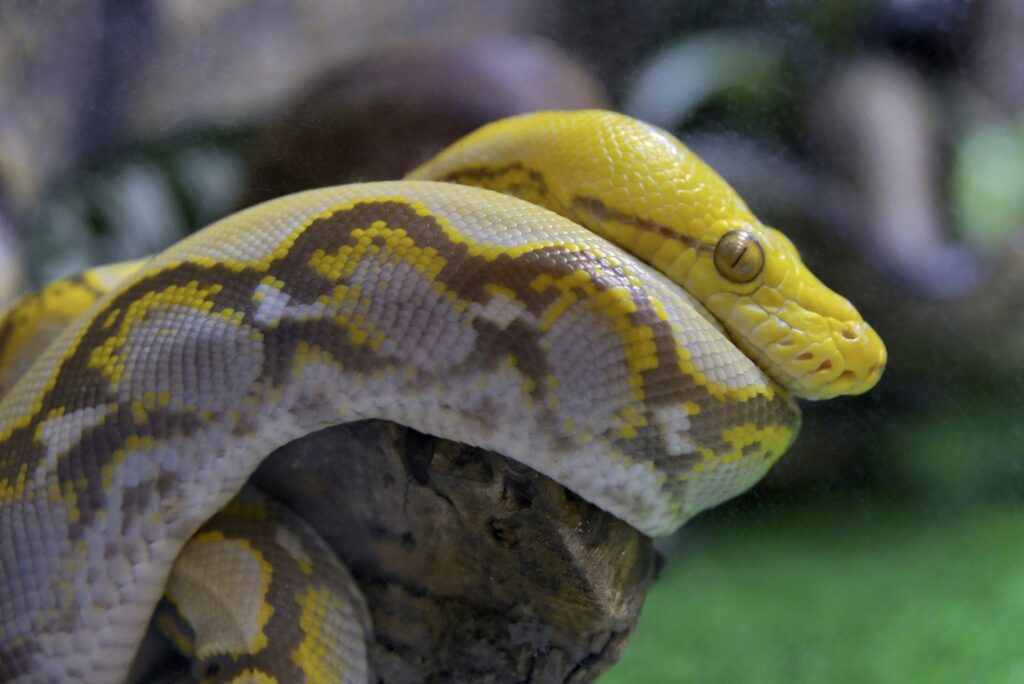
Different snake species exhibit unique hunting strategies and sensory preferences that should inform your puzzle feeder design and implementation. Arboreal species like green tree pythons benefit from vertically oriented puzzles that allow climbing and striking from above, mimicking their natural ambush strategy from branches. Terrestrial hunters like corn snakes and king snakes excel with ground-level mazes that encourage active searching and pursuit behaviors similar to their wild hunting patterns. Burrowing species such as sand boas respond well to puzzles incorporating substrate or tunnels where they can employ their natural behavior of striking from beneath loose material. For highly visual hunters like rat snakes, incorporate clear sections where prey movement can be detected, while scent-oriented species like ball pythons benefit from designs emphasizing odor trails and enclosed spaces that concentrate prey scent.
Common Challenges and Troubleshooting
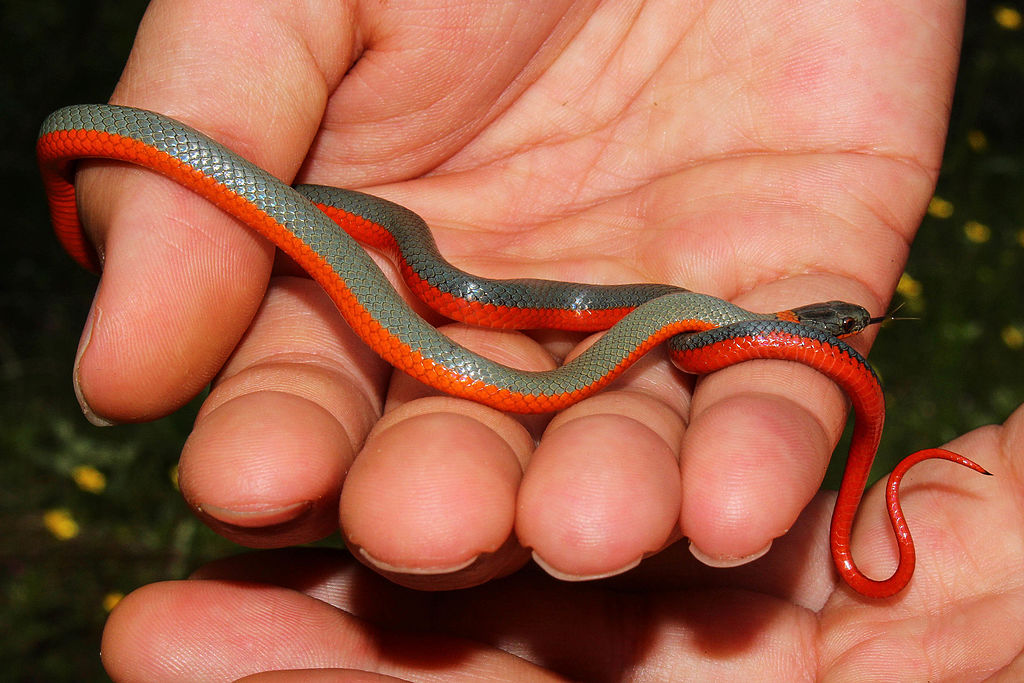
Even with careful introduction, you may encounter challenges when implementing puzzle feeders. If your snake shows complete disinterest, try enhancing prey scent by braining the prey item or using feeding tongs to create an enticing scent trail leading to the puzzle entrance. For snakes that become frustrated and abandon the puzzle quickly, simplify the design by removing obstacles or making prey more visible until confidence builds. When dealing with snakes that try to strike through solid parts of the feeder rather than finding the entrance, consider designs with more open areas or clear sections that help them better visualize the correct approach path. If multiple attempts yield no success, consider your snake’s individual temperament—some individuals genuinely prefer straightforward feeding methods, and forcing enrichment can create unnecessary stress. Remember that puzzle feeding should complement, not replace, reliable nutrition—if your snake consistently fails to eat from puzzles after several simplified attempts, return to conventional feeding to maintain health.
DIY Puzzle Feeder Ideas and Instructions
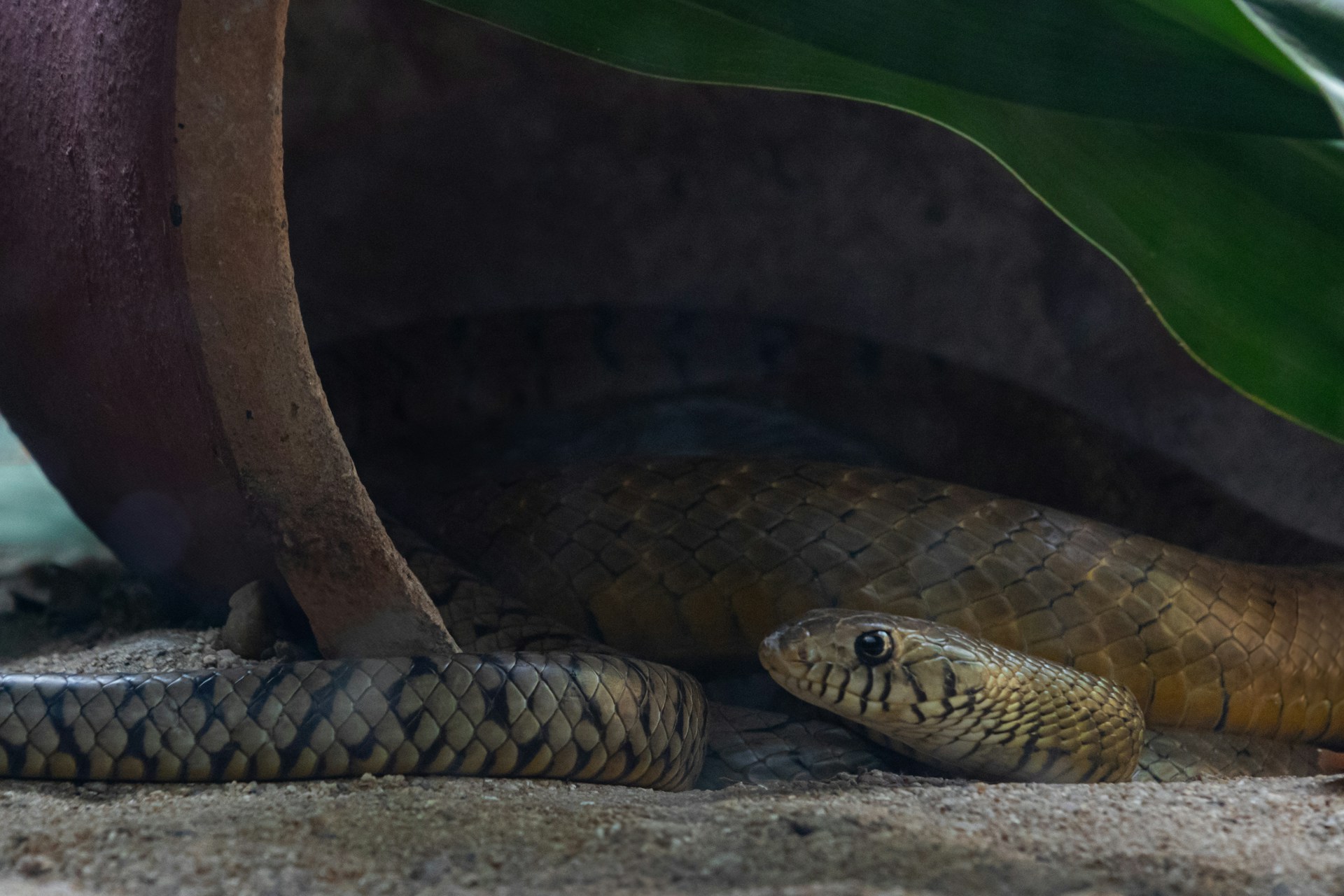
Creating custom puzzle feeders can be an economical and rewarding approach tailored to your specific snake’s needs. A simple starter project involves modifying a plastic container by cutting snake-sized holes in the sides and lid, then securing the prey item inside, forcing your snake to locate and enter the appropriate opening. PVC pipe configurations offer versatility—connecting multiple T-joints and straight sections creates a maze where prey scent travels through the system, encouraging exploration through different pathways. For arboreal species, suspend a modified bird feeder with enlarged openings from the enclosure ceiling, placing prey inside to encourage climbing and investigation from different angles. More advanced designs might incorporate multiple chambers separated by push-through flaps made from soft plastic or silicone that the snake must navigate sequentially. Whatever design you choose, prioritize smooth edges, secure construction, and materials that can be thoroughly disinfected after each use.
Incorporating Puzzle Feeders into Regular Feeding Schedules
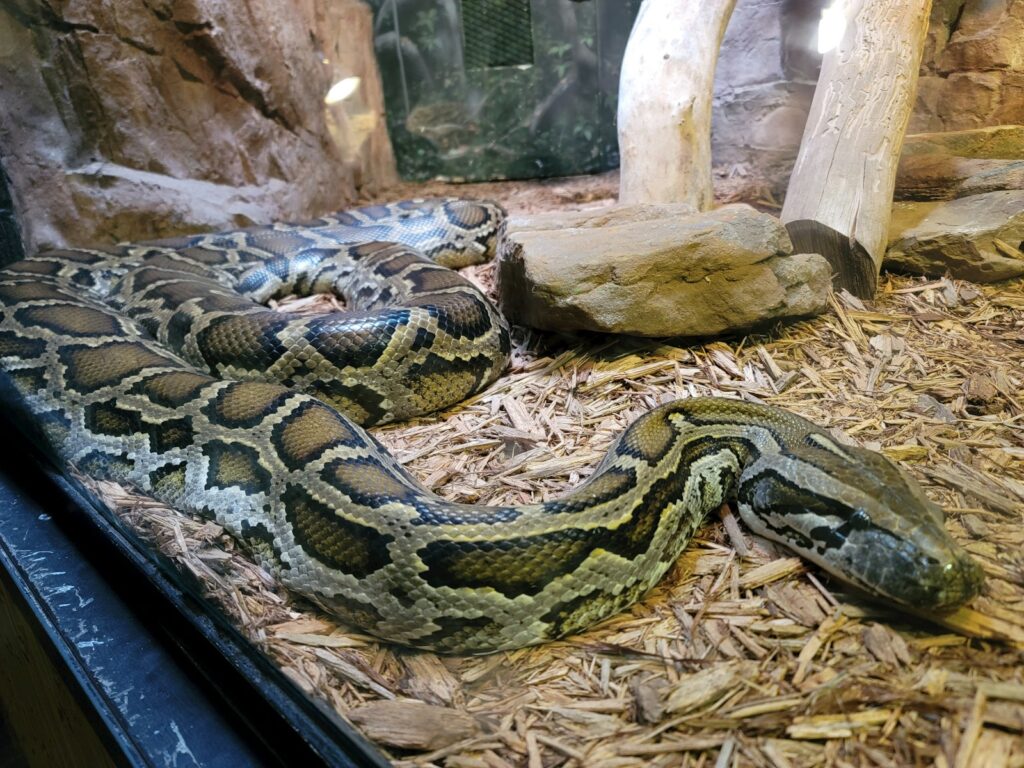
Successfully integrating puzzle feeders into your long-term husbandry routine requires thoughtful scheduling that balances enrichment with nutritional needs. Most experienced keepers recommend alternating between puzzle feedings and conventional methods, particularly for growing snakes or species with higher metabolic rates that require consistent nutrition. A common approach is implementing puzzle feeding for every second or third meal, ensuring your snake maintains appropriate weight and nutrition while still receiving regular enrichment benefits. Consider your snake’s natural cycles when scheduling puzzle feedings—avoid introducing puzzles during seasonal appetite changes, breeding season, or pre-shed periods when success rates might decrease. For particularly challenging puzzles, schedule them when you can monitor the entire process without time constraints, typically allowing 1-2 hours for completion before intervening.
Advancing to Complex Enrichment Strategies
As your snake masters basic puzzle feeders, you can develop more sophisticated enrichment strategies that provide ongoing challenges. Multi-stage puzzles require sequential problem-solving, where the snake must complete one task to access the next challenge before ultimately reaching their reward, mimicking the complex hunting sequences wild snakes navigate. Variable reinforcement schedules, where puzzles sometimes contain food and other times contain scented objects, maintain interest and encourage persistent investigation behaviors. Environmental integration involves incorporating puzzles into habitat features, such as hiding prey in specialized plant holders, custom rock formations with feeding chambers, or specialized substrate areas that require digging or searching. For the most advanced enrichment, consider rotating between multiple puzzle types to prevent habituation, systematically introducing new challenges as your snake demonstrates mastery of existing ones, creating an ongoing cognitive enrichment program that evolves with your snake’s capabilities.
Evaluating Long-Term Benefits and Adjusting Approaches
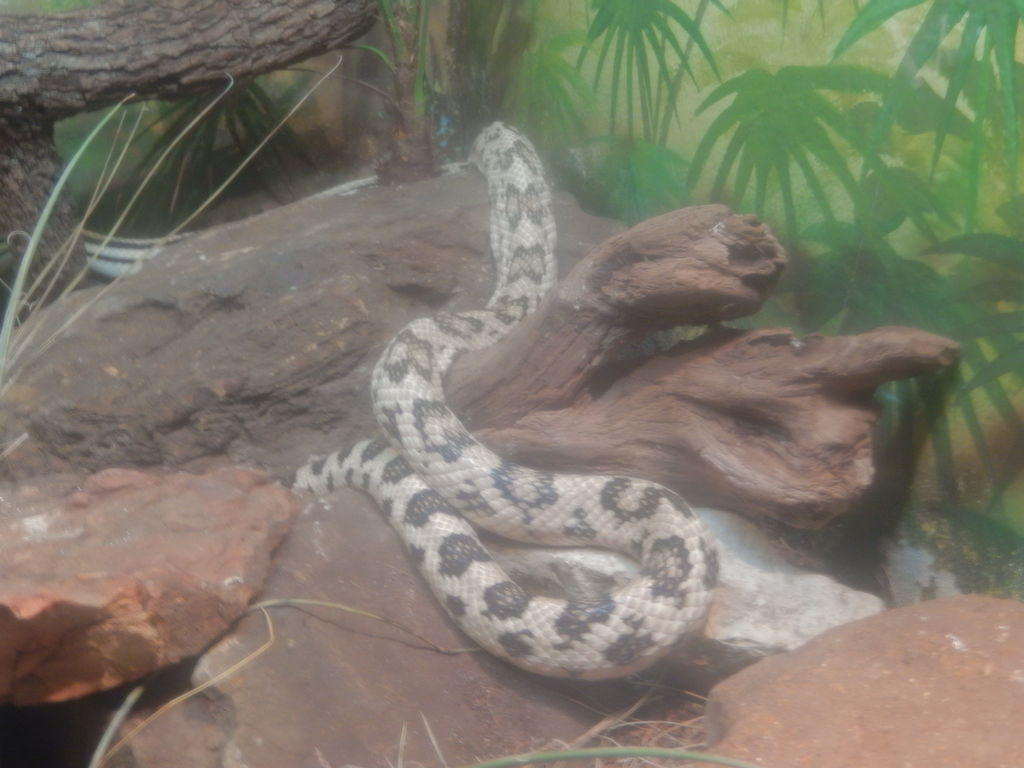
Assessing the impact of puzzle feeders on your snake’s overall wellbeing requires objective observation over extended periods. Positive indicators include increased activity during non-feeding times, more diverse behavioral repertoires, reduced stereotypic behaviors like excessive glass-climbing, and improved feeding responses when puzzles are presented. Physical benefits might include better muscle tone, more coordinated movements, and appropriate weight maintenance due to increased activity levels. Document these changes systematically, perhaps keeping a simple log of behaviors observed before implementing puzzle feeders and at regular intervals afterward. If your assessment reveals limited benefits or potential downsides—such as weight loss, feeding reluctance, or increased stress behaviors—be willing to adjust your approach by simplifying puzzles, reducing frequency, or potentially discontinuing this enrichment method for snakes that genuinely don’t respond positively. Remember that enrichment should always enhance, never detract from, your snake’s quality of life.
Conclusion

Introducing puzzle feeders to your pet snake represents a thoughtful step toward providing more naturalistic and stimulating care that acknowledges their complex cognitive abilities. When implemented gradually with attention to your individual snake’s temperament, species-specific behaviors, and responses, these enrichment tools can transform routine feeding into an engaging activity that benefits both snake and keeper. The most successful approaches recognize that each snake is an individual—what works brilliantly for one may prove frustrating for another. By starting simple, progressing gradually, monitoring closely, and remaining flexible, you can discover the right balance of challenge and reward that keeps your snake physically active and mentally engaged. Whether you purchase commercial products or create custom solutions, puzzle feeders offer an accessible way to enhance your snake’s captive environment, potentially leading to a healthier, more behaviorally diverse pet that displays more of the fascinating natural behaviors that attracted you to snake keeping in the first place.

